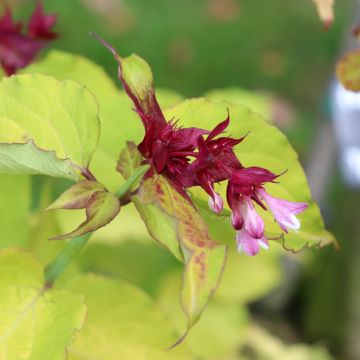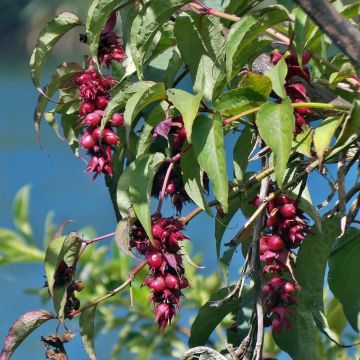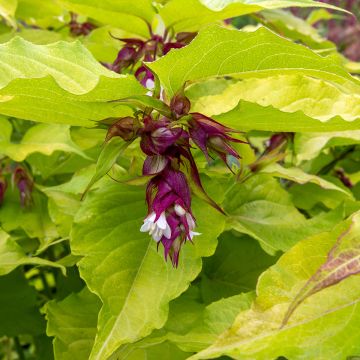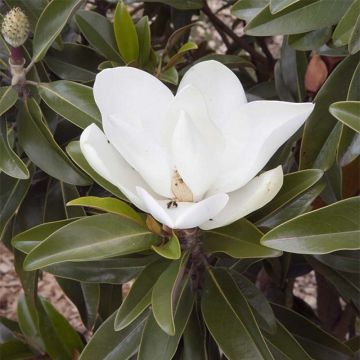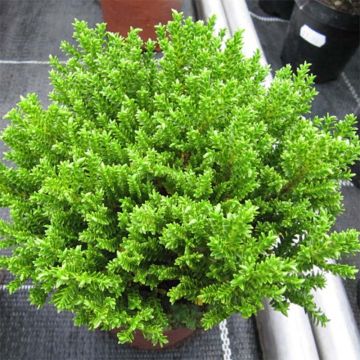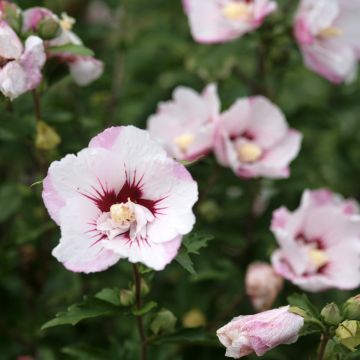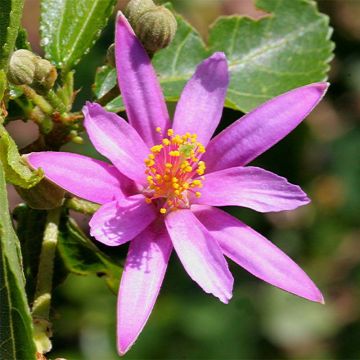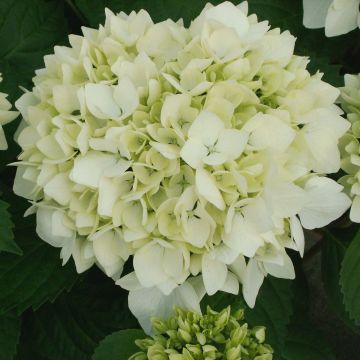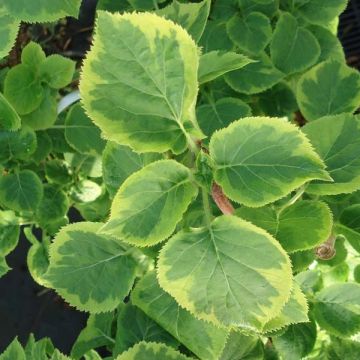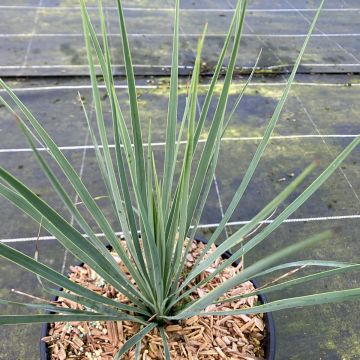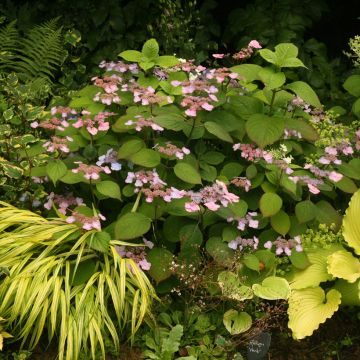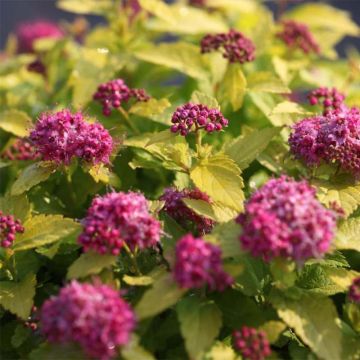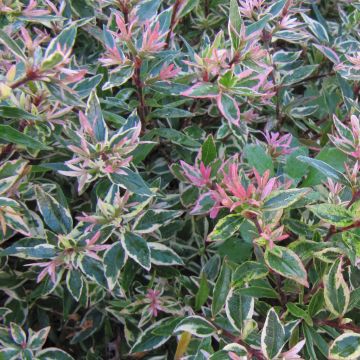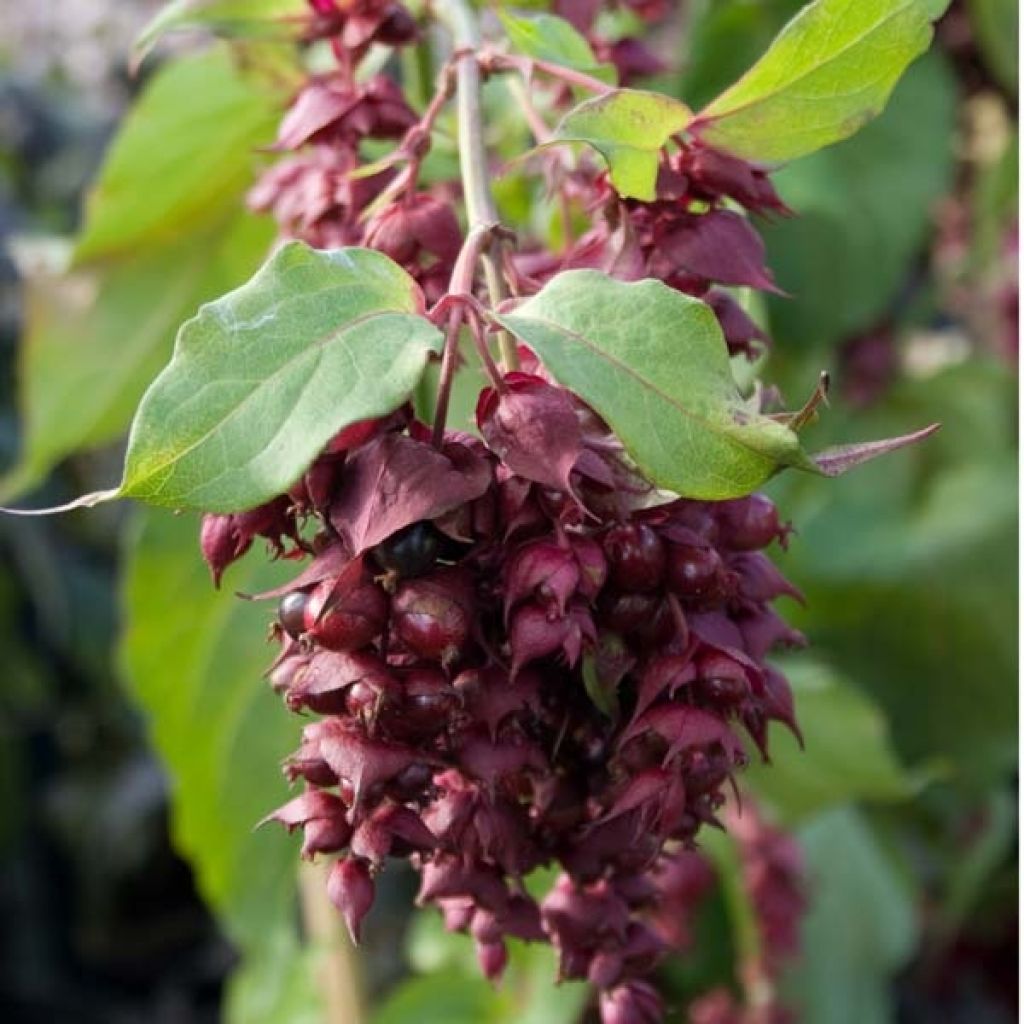

Leycesteria formosa Purple Rain
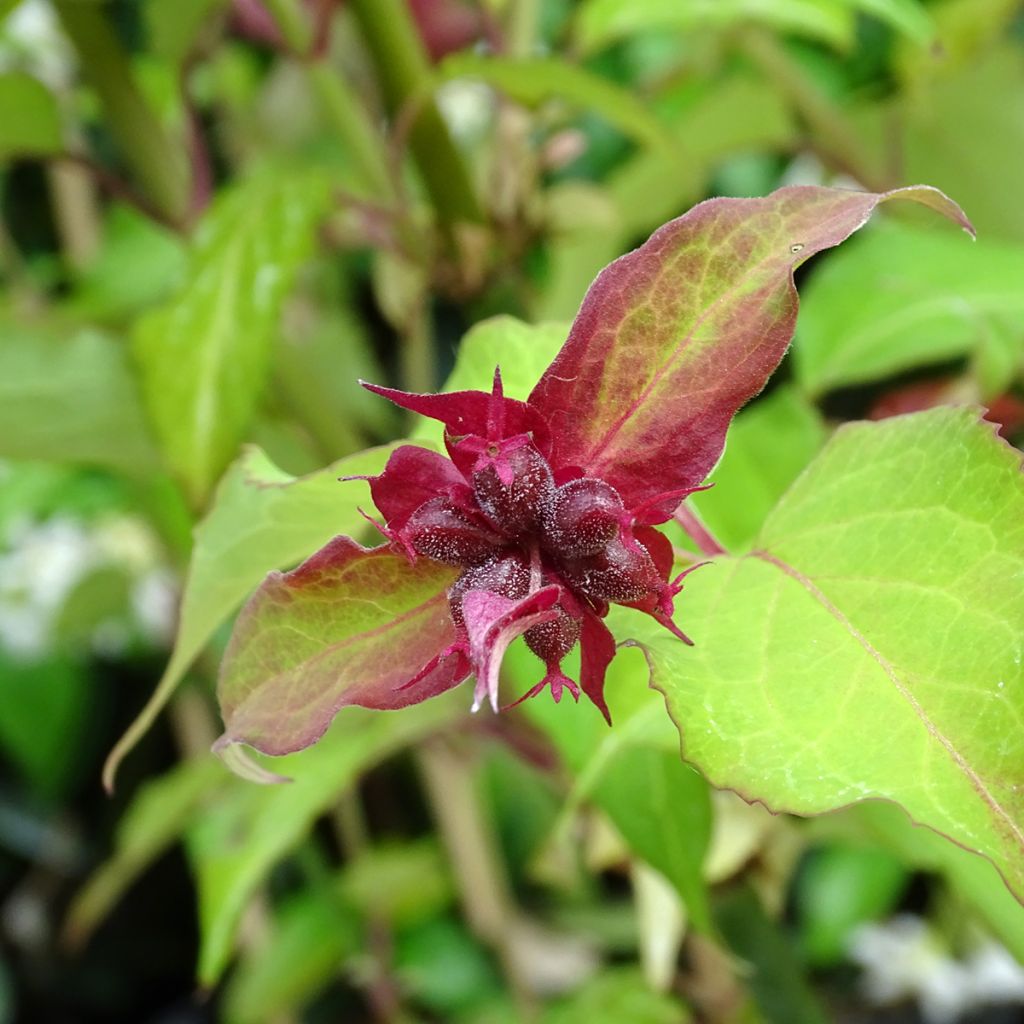

Leycesteria formosa Purple Rain
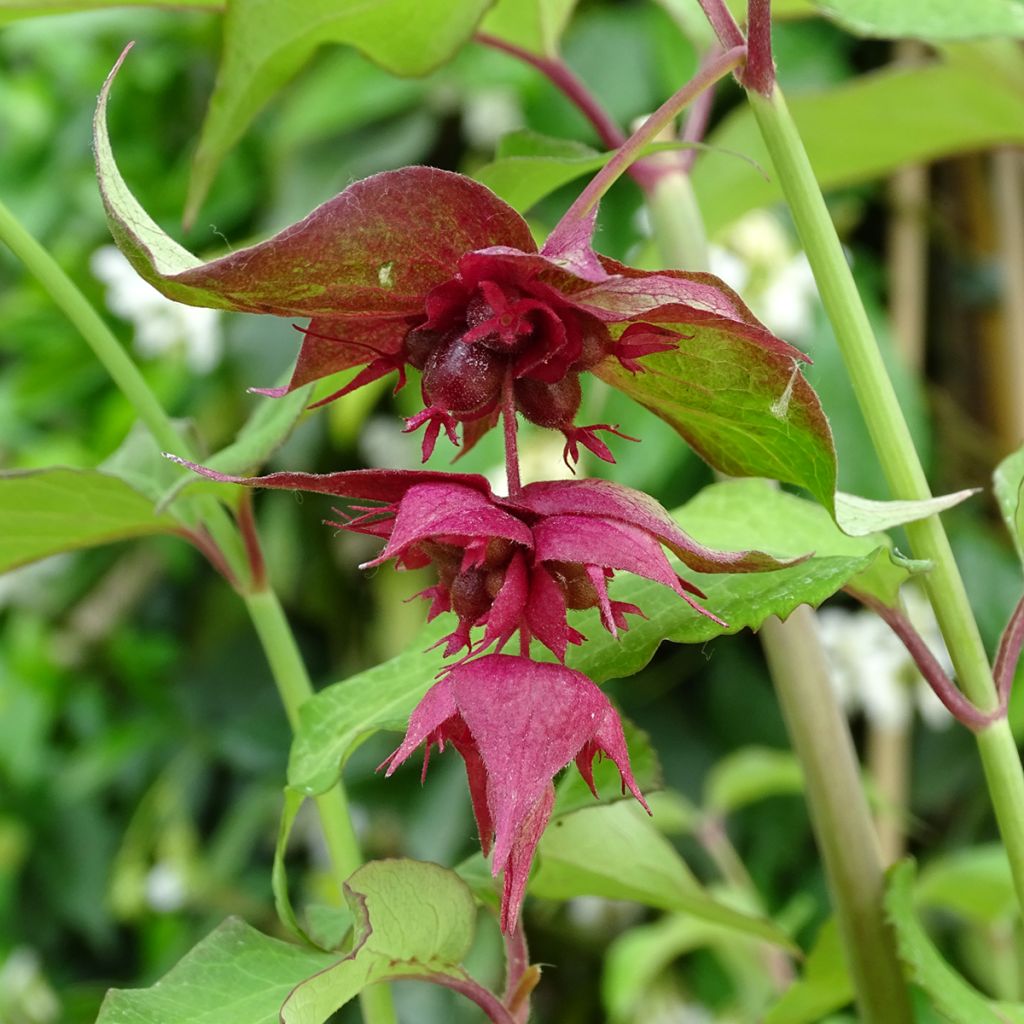

Leycesteria formosa Purple Rain
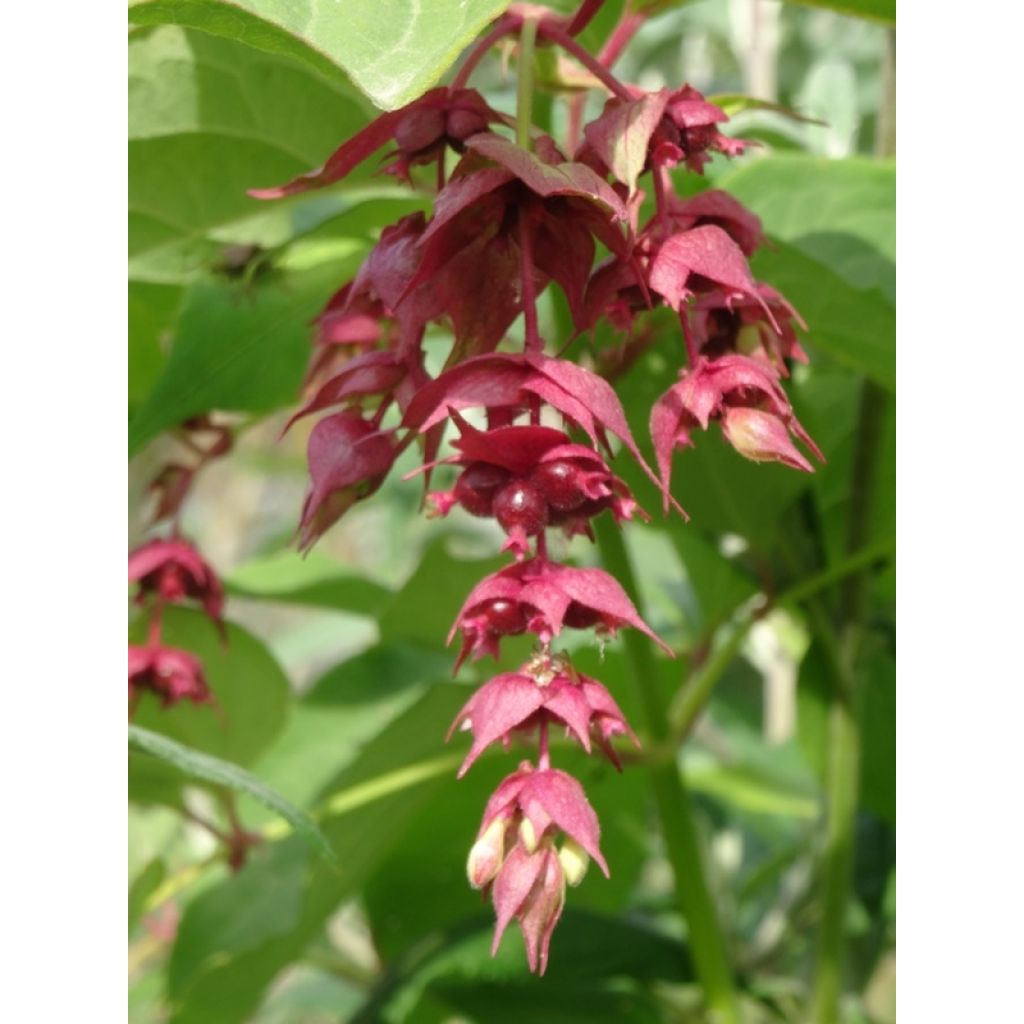

Leycesteria formosa Purple Rain
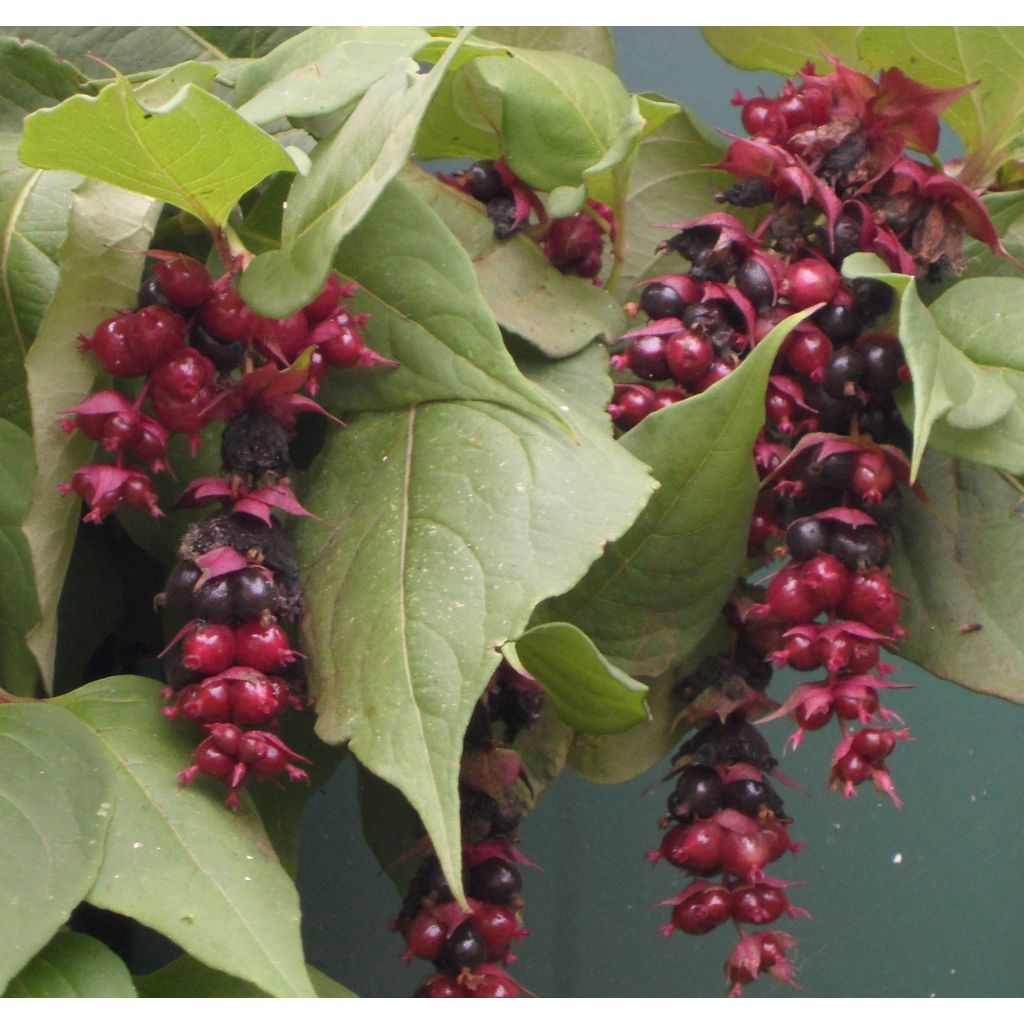

Leycesteria formosa Purple Rain
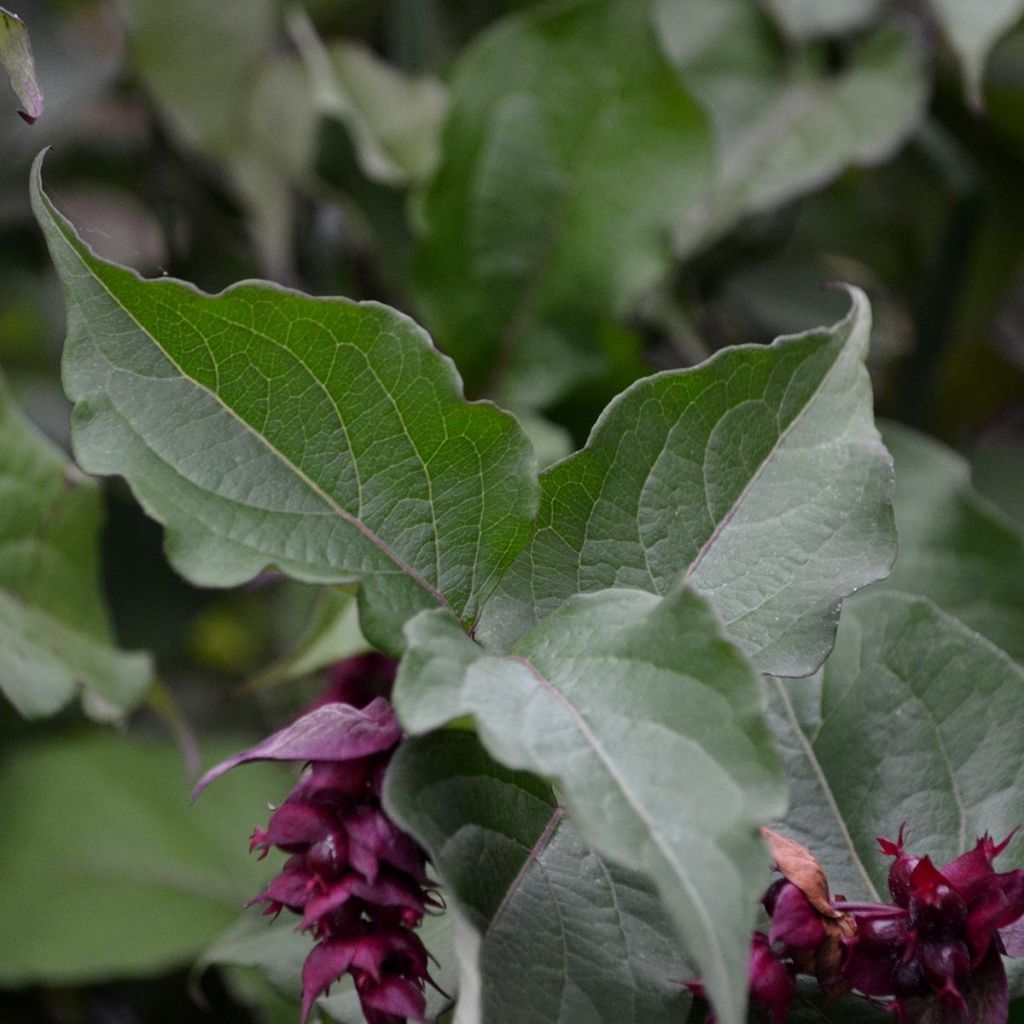

Leycesteria formosa Purple Rain
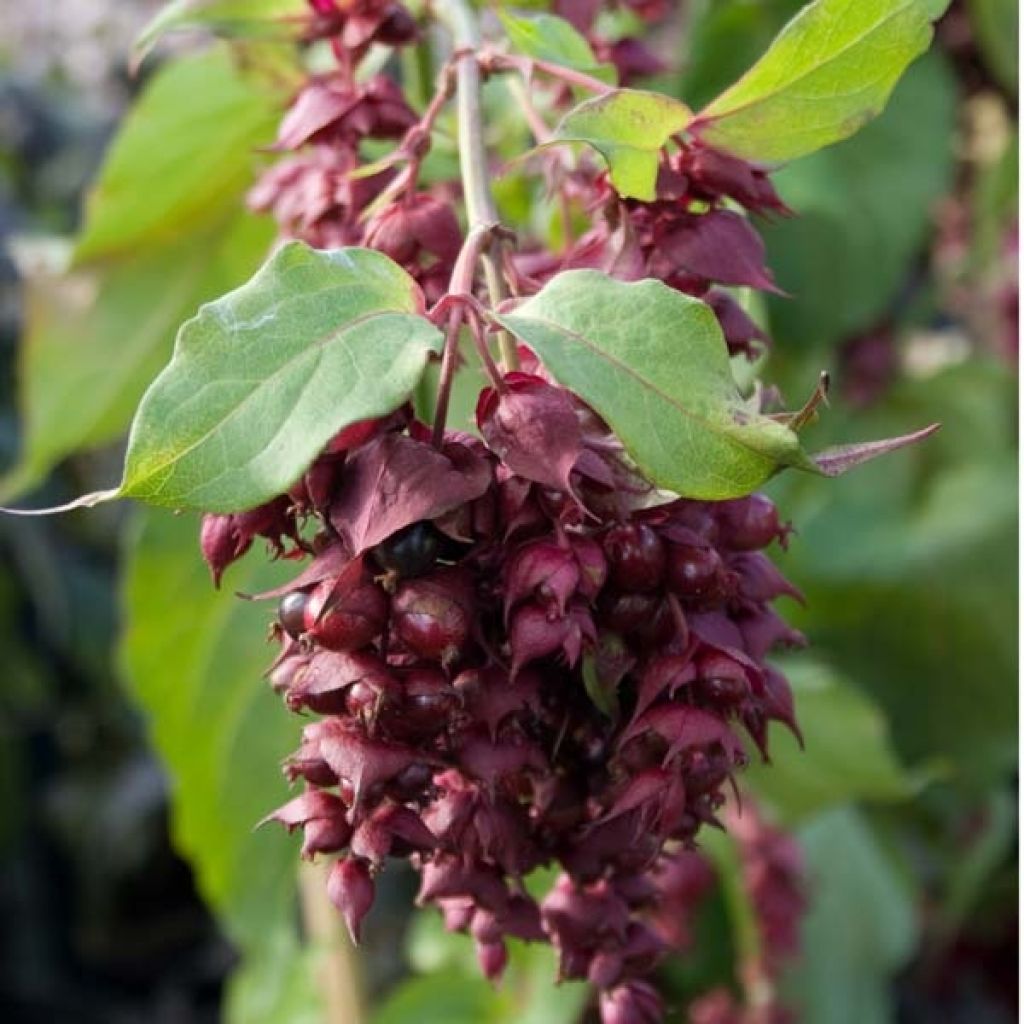

Leycesteria formosa Purple Rain
Leycesteria formosa Purple Rain
Leycesteria formosa Purple Rain
Himalayan Honeysuckle, Flowering Nutmeg, Pheasant Berry, Granny's Curls
This plant carries a 24 months recovery warranty
More information
We guarantee the quality of our plants for a full growing cycle, and will replace at our expense any plant that fails to recover under normal climatic and planting conditions.
From €5.90 for pickup delivery and €6.90 for home delivery
Express home delivery from €8.90.
From €5.90 for pickup delivery and €6.90 for home delivery
Express home delivery from €8.90.
Delivery to Corse prohibited: UE law prohibits the import of this plant from mainland France to Corse as part of the fight against Xylella fastidiosa. Please accept our sincere apologies.
More information

Does this plant fit my garden?
Set up your Plantfit profile →
Description
The Leycesteria formosa 'Purple Rain' is a bush that grows vertically and densely and produces abundant flowers. Its tiny white flowers are carried by long, dark red spikes that are very decorative, captivating anyone who sees them from July to October. Later, the flowers are replaced by juicy, purple berries loved by birds.
The Leycesteria, also known as Pheasant Tree or Himalayan Honeysuckle, is a bush that belongs to the Caprifoliaceae family. It is native to Asia and was named after William Leycester, an English magistrate who was an avid botanist. As for its nickname, it is derived from its popularity among pheasants!
The 'Purple Rain' Pheasant Tree is a medium-sized tree with a bushy habit. It has green, rigid, hollow branches which are slightly curved when mature, giving it an attractive appearance, even in winter when it is leafless. It is fast-growing, reaching 2m (6 ft 7 in) tall and about 1.5m (4 ft 11 in) wide when it reaches maturity.
The flowering of this bush occurs in late summer or early autumn. It is covered with small white flowers surrounded by rich and deep purple bracts, giving it a somewhat exotic appearance. The leaves are a beautiful blue-green colour, oval in shape, and long with purple veins, creating a striking contrast. The bush produces shiny burgundy ball-shaped fruits that appear after flowering, usually from August to November. Often, clusters of flowers can be found at the tip of the bush, while the base has berries.
Pheasant Trees can thrive in partial shade or indirect sun and all soil types, preferably fertile and well-drained. It is a robust tree that can resist diseases, pollution, and coastal conditions. Although pruning is not mandatory, it is recommended to do short pruning of the stems in late winter to allow your Leycesteria to come back stronger, as flowers appear on new wood. Please note that the berries may look appetising but should not be eaten, so it's better to leave them to the birds!
The Leycesteria formosa 'Purple Rain' can be beautifully paired with purple foliage plants, such as the Harlequin Barberry or the Sand Cherry. This plant will look great in a floral hedge, in the centre of a shrub bed, or even as a standalone plant alongside white or light pink shrub roses and Mexican Orange Blossom. You can also grow it in a container, but bring it indoors during winter as it will be more vulnerable than when planted in the ground.
Leycesteria formosa Purple Rain in pictures
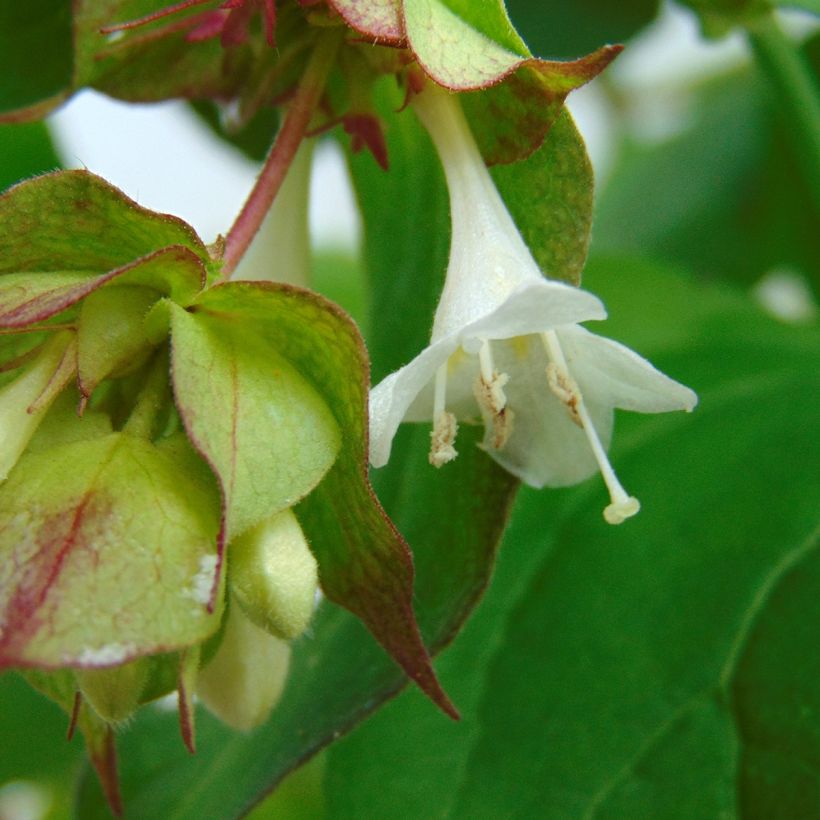

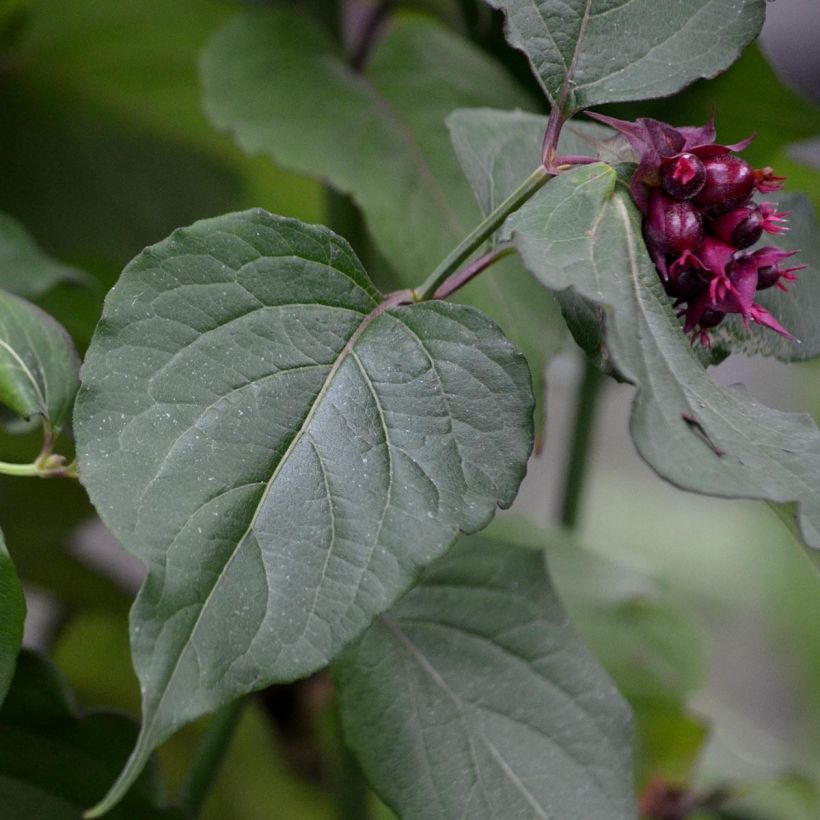

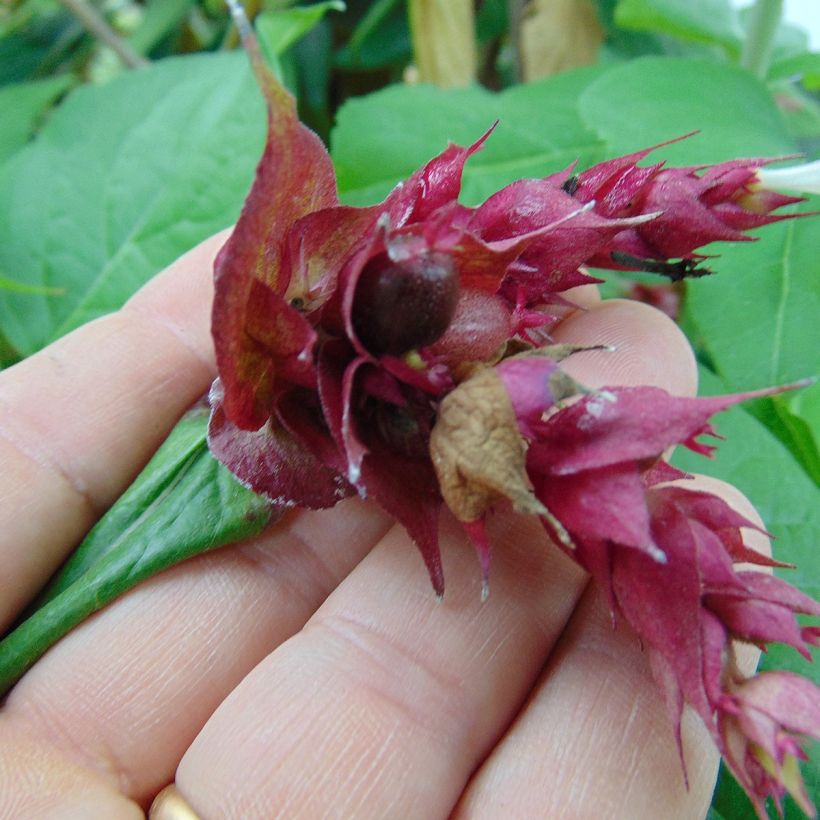

Plant habit
Flowering
Foliage
Botanical data
Leycesteria
formosa
Purple Rain
Caprifoliaceae
Himalayan Honeysuckle, Flowering Nutmeg, Pheasant Berry, Granny's Curls
Cultivar or hybrid
Other Leycesteria - Himalayan Honeysuckle
Planting and care
This plant can be used as a standalone or in a mass planting. It thrives in either full sun or partial shade exposure and prefers moderately moist to damp and humus-rich soils. Originally from the Himalayas, it is very hardy and can tolerate temperatures as low as -20°C. However, frost can damage its foliage, in which case the frozen stems should be cut back, and the plant will regrow vigorously from the base. In spring, you can prune the less vigorous branches. However, a more severe pruning will delay flowering.
Planting period
Intended location
Care
-
, onOrder confirmed
Reply from on Promesse de fleurs
Summer-flowering shrubs
Haven't found what you were looking for?
Hardiness is the lowest winter temperature a plant can endure without suffering serious damage or even dying. However, hardiness is affected by location (a sheltered area, such as a patio), protection (winter cover) and soil type (hardiness is improved by well-drained soil).

Photo Sharing Terms & Conditions
In order to encourage gardeners to interact and share their experiences, Promesse de fleurs offers various media enabling content to be uploaded onto its Site - in particular via the ‘Photo sharing’ module.
The User agrees to refrain from:
- Posting any content that is illegal, prejudicial, insulting, racist, inciteful to hatred, revisionist, contrary to public decency, that infringes on privacy or on the privacy rights of third parties, in particular the publicity rights of persons and goods, intellectual property rights, or the right to privacy.
- Submitting content on behalf of a third party;
- Impersonate the identity of a third party and/or publish any personal information about a third party;
In general, the User undertakes to refrain from any unethical behaviour.
All Content (in particular text, comments, files, images, photos, videos, creative works, etc.), which may be subject to property or intellectual property rights, image or other private rights, shall remain the property of the User, subject to the limited rights granted by the terms of the licence granted by Promesse de fleurs as stated below. Users are at liberty to publish or not to publish such Content on the Site, notably via the ‘Photo Sharing’ facility, and accept that this Content shall be made public and freely accessible, notably on the Internet.
Users further acknowledge, undertake to have ,and guarantee that they hold all necessary rights and permissions to publish such material on the Site, in particular with regard to the legislation in force pertaining to any privacy, property, intellectual property, image, or contractual rights, or rights of any other nature. By publishing such Content on the Site, Users acknowledge accepting full liability as publishers of the Content within the meaning of the law, and grant Promesse de fleurs, free of charge, an inclusive, worldwide licence for the said Content for the entire duration of its publication, including all reproduction, representation, up/downloading, displaying, performing, transmission, and storage rights.
Users also grant permission for their name to be linked to the Content and accept that this link may not always be made available.
By engaging in posting material, Users consent to their Content becoming automatically accessible on the Internet, in particular on other sites and/or blogs and/or web pages of the Promesse de fleurs site, including in particular social pages and the Promesse de fleurs catalogue.
Users may secure the removal of entrusted content free of charge by issuing a simple request via our contact form.

































